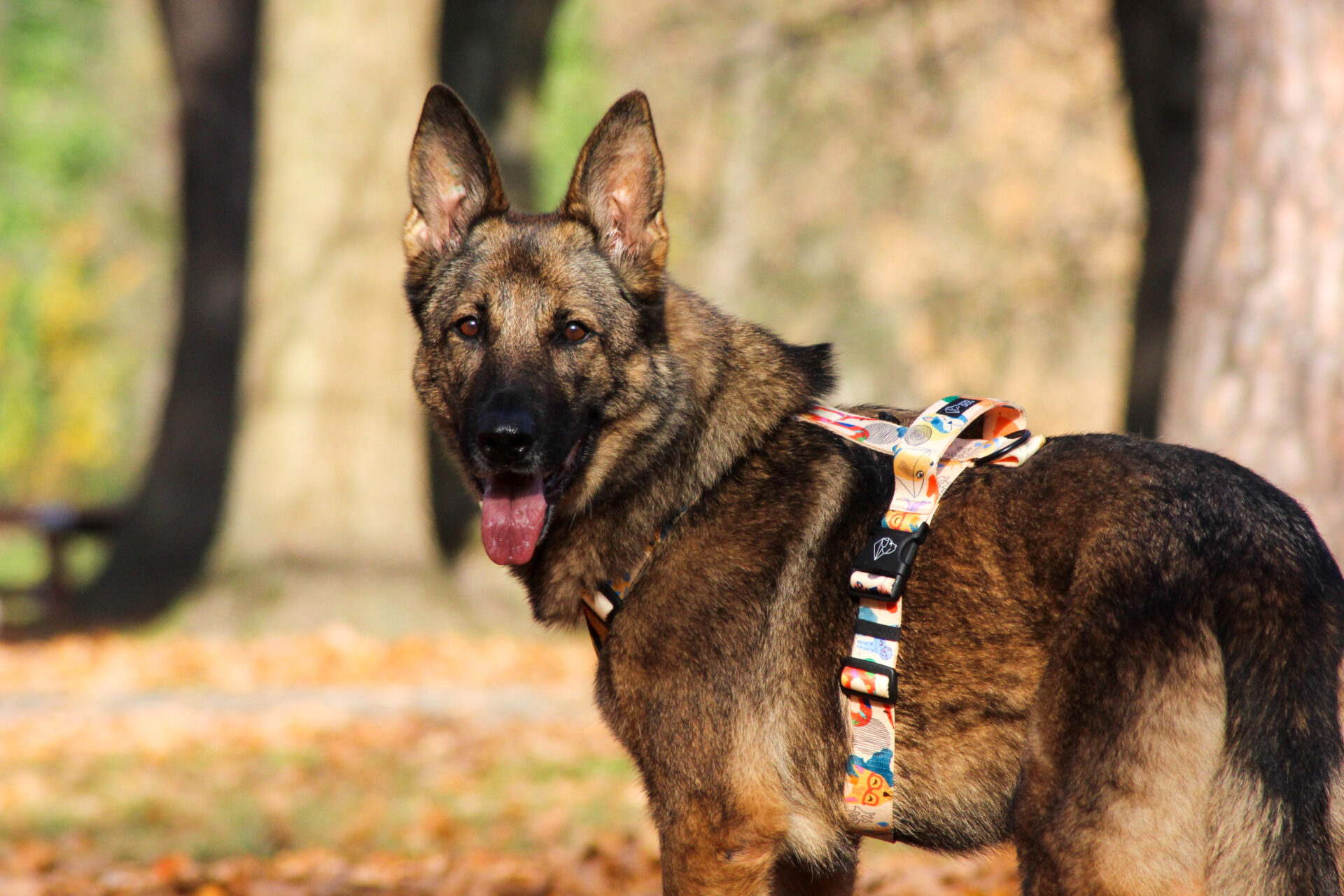What accessories do you need to learn how to signal your dog's needs?
Learning to signal your dog's needs with a bell or button is one option that gives your dog a chance to communicate its need to go outside in time. It is one of many ways and, as it turns out, in practice it is not only interesting, but also a simple, convenient, and most importantly, extremely effective solution.
There are various types of accessories used to learn how to signal a dog's needs, from the simplest and cheapest suspended on a simple ribbon or string, to more technologically advanced ones. There are functional, simple dog accessories available for sale that consist of a strong, durable strap and a metal bell (or several bells). They can be easily hung anywhere and start training, which without scratching, squeaking and barking will allow your pet to signal the need to go to the "toilet". The sound of the bell is so loud that it can be heard clearly from a distance of several meters. In addition, the bells are lightweight and safe. They are suitable for teaching both puppies and older dogs to communicate freely. Training bells for teaching dog cleanliness have been successfully used in the world for many years. Through them, four-legged friends signal to their carers the need to go out "when needed". It is a clear and brilliantly simple message.
How to teach a dog to signal needs?
1 step
Show your dog the bell of your choice and let your dog look at it, smell it. Encourage your pet to "examine" the object, praise it verbally or by stroking for interest or contact with the bell.
2 step
Place the bell near the front door, hanging it high enough for your dog to touch it with his nose or paw. Every time you go out with your four-legged friend for a walk, ring the bell. Repeating this action is to build associations between ringing the bell and going outside. The key to building this skill is using the bell consistently every time you go out with your mentee. Repeat these steps for 2-3 days.
3 step
Then enter the "tap" command. When your dog is ready to go for a walk, encourage him to touch the bell strip and ring it himself. Point your pet to the bell and say "tap". As soon as your dog touches the bell with his nose, say "yes!", praise and reward him with a treat. Take your four-legged friend outside right away. If the dog does not follow the command correctly, it is worth being patient and repeating the exercise 5-10 times in one training session (no longer than 10 minutes), even if going for a walk is delayed a bit. Repeat this step until your dog immediately touches the bell when you say "touch." In general, after a week of practice, your pet already understands the relationship between ringing the bell and walking.
When the mentee masters this step, he is ready to move on to the last stage, i.e. gradually giving up rewarding with a treat. However, it must be taken into account that some dogs will need more time to master the signaling command. Don't worry, with enough repetition, your dog will sooner or later understand that he needs to touch the bell to go outside.
How to teach your dog to signal needs - important tips
- Since a distracted pet is unable to exercise properly, start learning by focusing your dog's attention on yourself.
- Be a support for your pet during training. What counts is consistency, patience and a positive, friendly attitude.
- Your command must always be clear and unchanging.
- Practice in short sessions of a few minutes.
- Give your dog time to learn the command. Never punish your four-legged friend for incorrectly following a command or ignoring it. Strictly avoid shouting, nervous behavior and negative emotions.
- Always pay attention to the client's emotions and make sure they enjoy the training.
A dog's motivation is especially important when it comes to training. A motivated pet works with more joy and perseverance. No matter what training method you use, you need to know what motivates your dog. For some dogs, it's treats, toys, or food, for others, verbal praise, petting, and play. Some dogs love to go outside so much that they quickly master the command and no longer need any other reward to properly signal the need to go out for a walk.
Maybe you'll like it:



